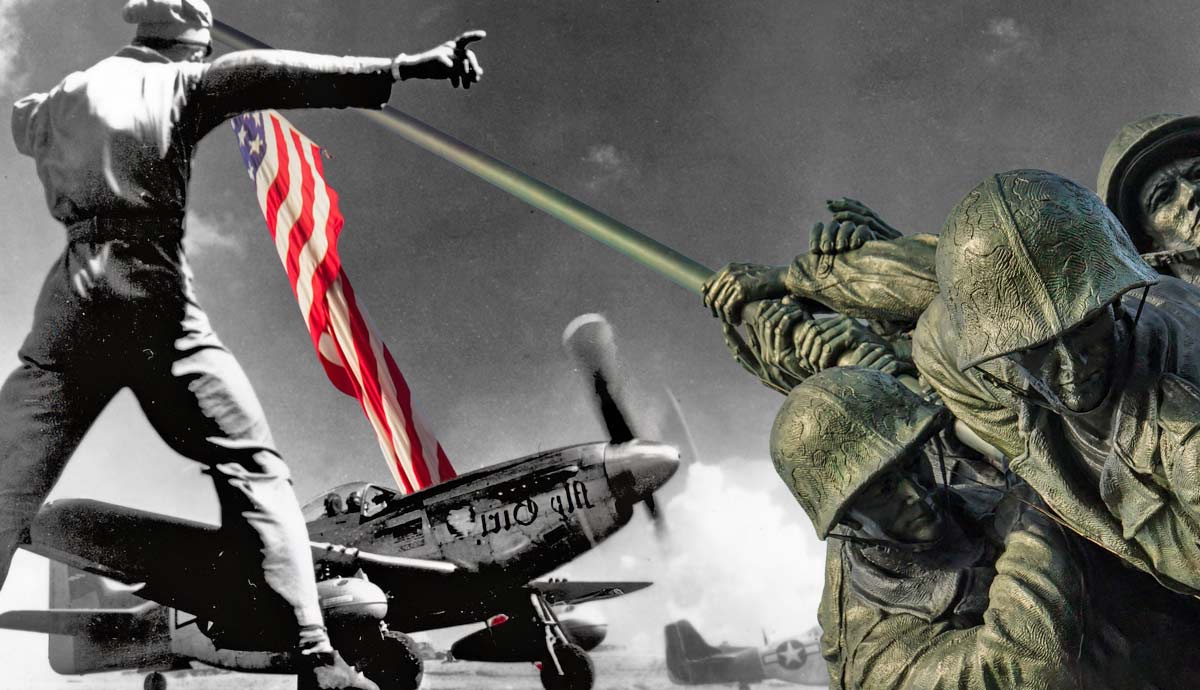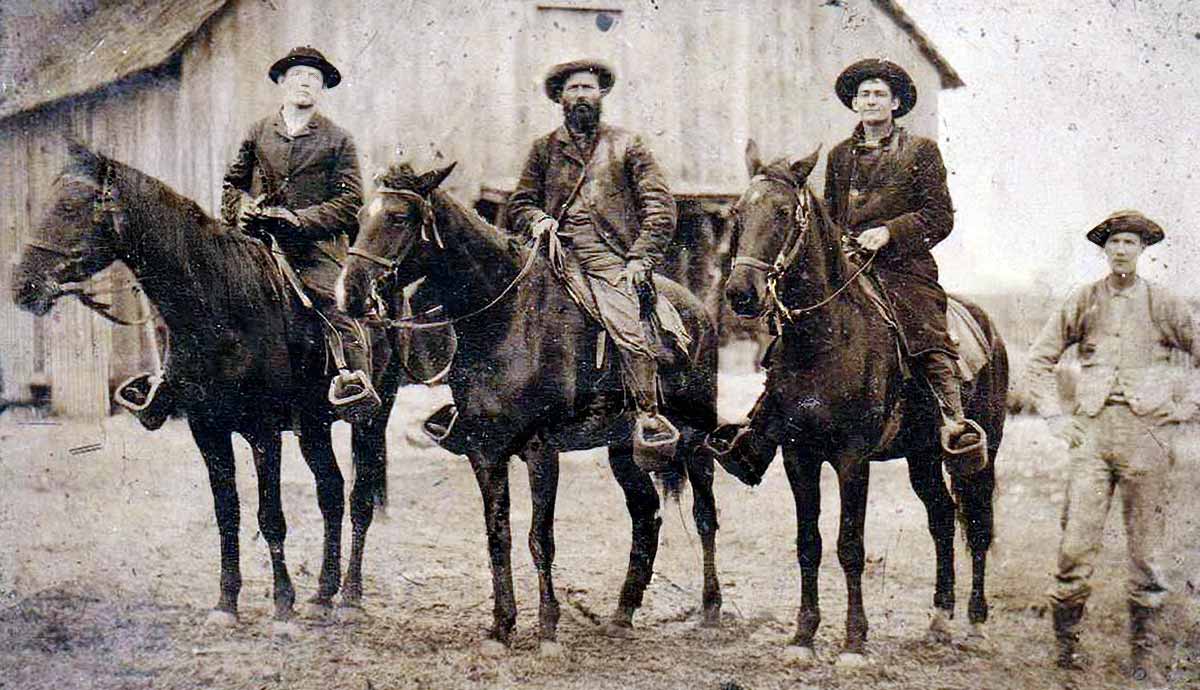
The landings that began the Battle for Iwo Jima commenced on February 19, 1945. Iwo Jima’s location was a midpoint between Japan and B-29 bomber bases in the Mariana Islands, so the Americans attacked. It could provide a landing field for damaged bombers and escorting American fighters.
The Location

Despite its isolated, Iwo Jima became crucial real estate property by late 1944. Since the 1943 Guadalcanal victory, the Americans continually ground their way closer to Japan’s Home Islands. By 1945, the long-held Japanese Mariana Islands were captured, housing B-29 bombers, huge four-engine aircraft that began bombing Japan frequently. These raids flew long distances over the Pacific to reach Japan. If damaged, the planes had no alternative to ditch. Capturing Iwo Jima would be a safety net.
Island Fortress

Like Japan’s other island bastions, Iwo Jima built hardened defenses, two airfields, and tunnels – eleven miles’ worth. The garrison stood at 20,000, mostly draftee soldiers. These men hid in the tunnels using concealed artillery, machine guns, and mortars. The Japanese knew the Americans would inevitably appear. Their goal would be to make the Americans pay dearly.
The Japanese commander, Kuribayashi, expected no reinforcement and was expected to fight to the death. As the first 30,000 U.S. Marines landed, the garrison put up a ferocious fight, turning the island into a bloody meatgrinder; eight months of preinvasion bombing before had damaged little.
The American Goal

Any question of Iwo Jima’s fate disappeared in late 1944. The U.S. decision to invade Japan made it strategically important. Besides a B-29 emergency landing field, Iwo Jima served as a fighter escort base. A P-51 Mustang squadron began using the airfield before the fighting even finished. Another joined, followed by four other attack and rescue squadrons. The Mustangs provided coverage for the B-29 bomber streams, engaging Japanese fighters trying to intercept. Others flew attack missions, guided by special B-29s navigation planes for the 1,500-mile round trip.
Preparations and Go Time

Knowing the Japanese would fight, the Americans pounded Iwo Jima’s eight square miles from the air and sea from December 1944 almost until D-Day. The U.S. assembled 450 ships, including twelve aircraft carriers, eight battleships, and three experienced Marine divisions. Mariana-based heavy bombers could be called upon if needed. The closest Home Island, Honshu, suffered raids, too, in support of the invasion. The island’s southeastern beaches were selected with each division. Thirty thousand Marines would land. A third division remained in reserve on ships. One hundred supply ships stayed out to sea as needed.
First Days

The first Marines landed on February 19, 1945, after a heavy naval barrage or air attacks. Per Kuribayashi’s orders, the Japanese did not fire until one hour later. This tactic pioneered by Kuribayashi proved devastating. Until now, Japanese positions remained concealed, buried deep, and nearly undamaged. The Marines tried digging into the black volcanic sand but failed. Even tracked vehicles sunk deep in the sand. The beaches’ steep angles became an issue, causing equipment to pile up. Artillery and mortars kept the beaches under constant fire, killing many and destroying equipment.
The Marines reached Mount Suribachi’s summit on February 19 despite the fighting. A week later, the Americans reached the opposite shore, splitting the island. Close-quarters combat became brutal, often hand-to-hand. The Marines used flame throwers, napalm, and tanks to root out the Japanese in a crawling fight that American planners figured would only last three days. Because of Kurabayashi’s careful preparations, his men pre-zoned the beaches, meaning Japanese artillery knew the exact coordinates of where to fire.
More Vicious Fighting

Like any campaign, certain battles acquired names similar to the fight. Iwo Jima’s included “Bloody Gorge” or “The Meat Grinder,” where over 800 Marines died taking a Japanese fortification. On the third day, the one kamikaze attack during the campaign hit, sinking the U.S.S. Bismarck Sea and damaging the U.S.S. Saratoga enough to retreat.
The Marines used tanks in direct fire roles – the pillbox walls were thick concrete. The Japanese used mines, suicide squads, or hidden anti-tank guns to destroy them. The slog went on; on March 4, the second airfield fell to the Americans. That same day, a B-29 made an emergency landing, refueled, and left, validating at least one reason for the invasion. More would come. All fighting stopped on March 23, 1945. The fight for Iwo Jima is controversial. 7,000 Americans and 19,000 Japanese died for an emergency landing site. Few Japanese chose to surrender. Numbers vary, but nearly 2,000 B-29s landed on Iwo Jima.










